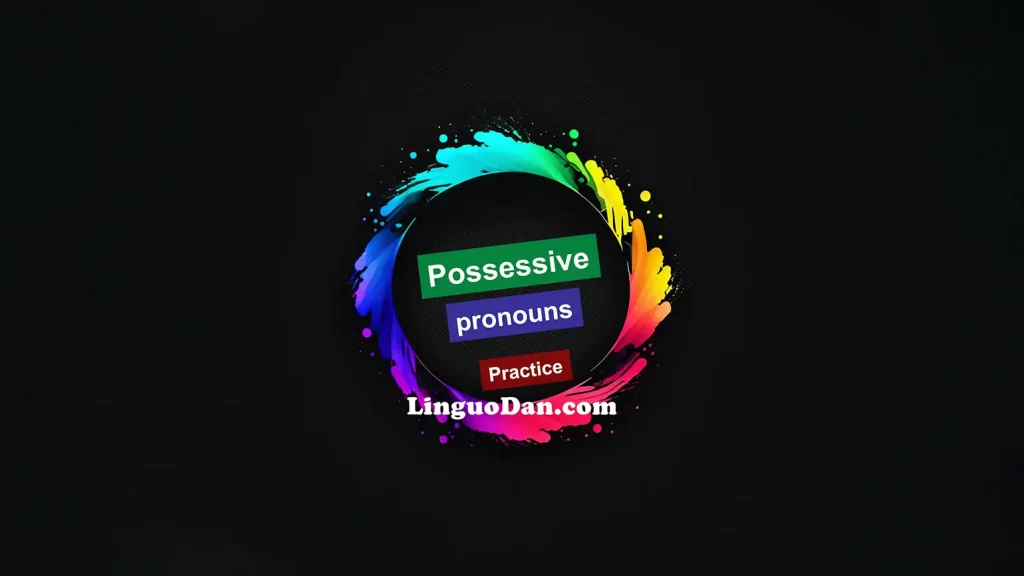Possessive pronouns: definition, exercises, examples

What is a Possessive Pronoun? Definition & Examples
Possessive pronouns in English are used to indicate possession of something or someone. They are used independently, replacing the noun and showing that the object belongs to the person being referred to. Possessive pronouns are pronouns that are used to indicate possession of something or someone else. English possessive pronouns include mine, ours, yours, his, hers, theirs, and whose. In this article, we will briefly review the rules for using possessive pronouns and test our knowledge at the end of the article by taking a quiz aimed at improving the understanding of the material.
The purpose of possessive pronouns
- Avoiding repetition: they help avoid repeating the noun, making sentences less cumbersome and simpler.
- Ensuring clarity: they specify to whom or to what something belongs, which is essential in communication.
- Improving understanding: the use of possessive pronouns enhances the comprehension of the text.
Basic rules for using possessive pronouns
Possessive pronouns are used to indicate possession of something or someone and replace the noun to avoid repeating it. Possessive pronouns do not change their form depending on the number or gender of the noun they replace. They are always used without nouns, unlike possessive adjectives, which precede nouns.
Understanding which possessive pronoun to use can be quite simple if you follow certain rules. Let’s look at a few steps to determine which possessive pronoun to use in a sentence:
- Determine who the owner is: First, figure out who or what the possession is about. Is it about you, another person, a group of people, or something else?
- Choose the appropriate pronoun:
- If it’s about you (one person), use “my”, e.g.: This is my book.
- If you are talking about something that belongs to you, use “mine”: This book is mine.
- If it’s about one person you are addressing, use “your”, e.g.: Is this your bag?
- If it’s about another person (male), use “his”, e.g.: That is his car.
- If it’s about another person (female), use “her”, e.g.: This is her house.
- If it’s about an animal or object, use “its”, e.g.: The cat licked its paws.
- If it’s about you and someone else or several people, use “our”, e.g.: We painted our room.
- If it’s about several people you are addressing, use “your”, e.g.: Did you enjoy your vacation?
- If it’s about several people or a group, use “their”, e.g.: Their team won the match.
- Pay attention to context: Read the sentence carefully to understand who or what the possession is about, as this affects the choice of possessive pronoun.
Examples of using possessive pronouns
- Mine – This car is mine.
- Yours – Is this pen yours?
- His – That car is his.
- Hers – The decision was hers to make.
- Ours – The victory is ours.
- Theirs – Those seats are theirs.
Note that possessive pronouns do not require an apostrophe, unlike contractions, where the apostrophe indicates a missing letter, such as in the word “it’s” (it is) compared to “its” (his/her/its when referring to non-living things).
Common mistakes with possessive pronouns
- Confusing “it’s” and “its”:
- It’s is a contraction of it is or it has, whereas its is the possessive form of it.
- Using Apostrophes Incorrectly:
- Avoid using apostrophes with possessive pronouns (e.g., hers, ours, yours) as they already indicate possession.
Learn more about possessive pronouns and their forms in the article: Possessive Pronouns in English